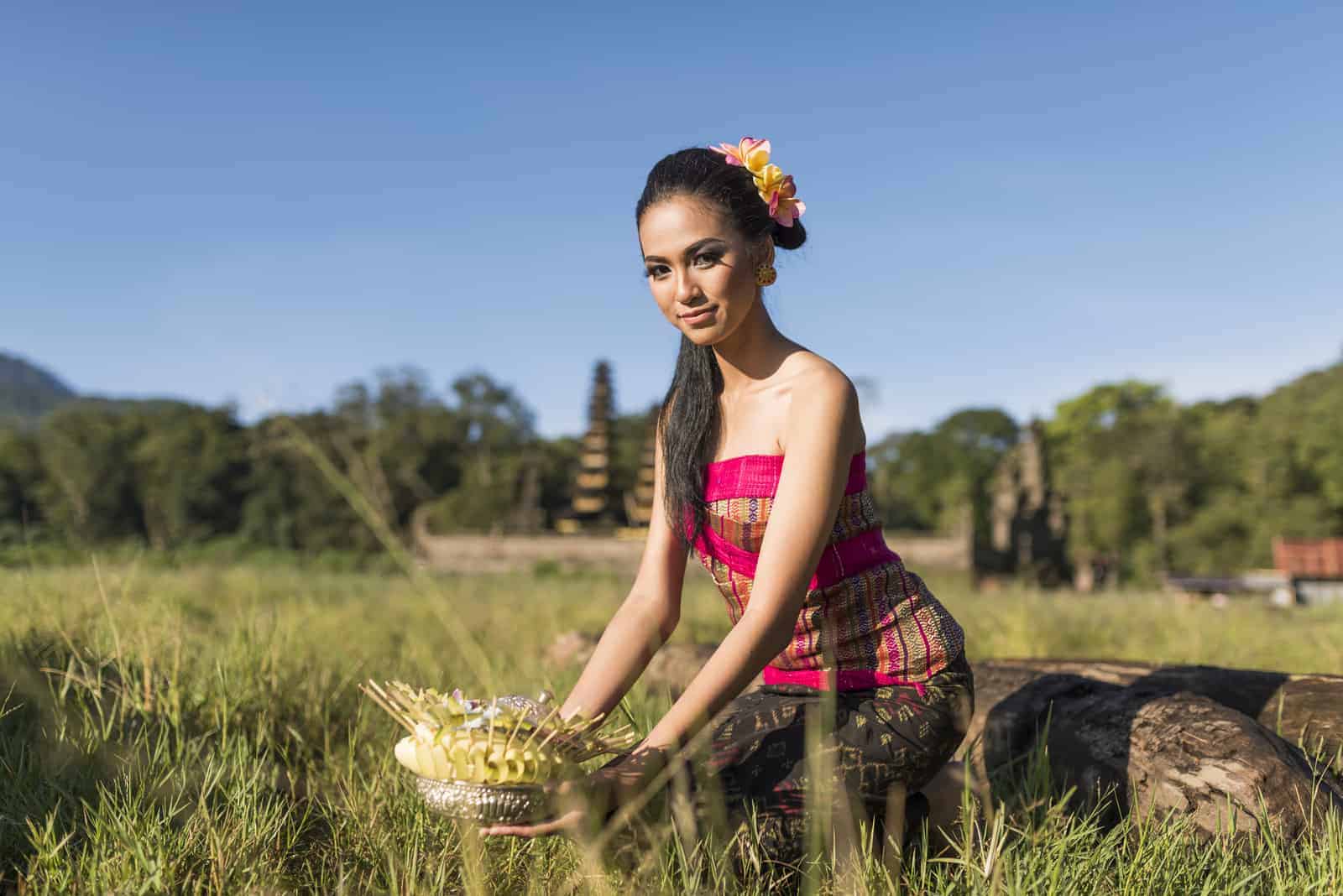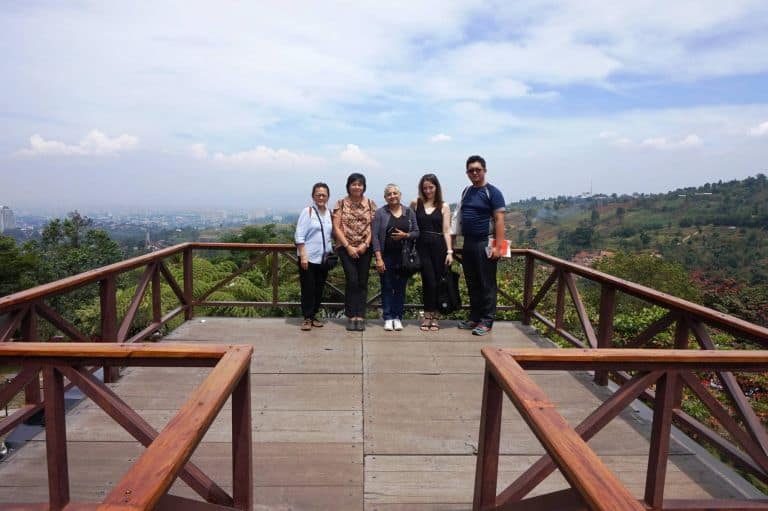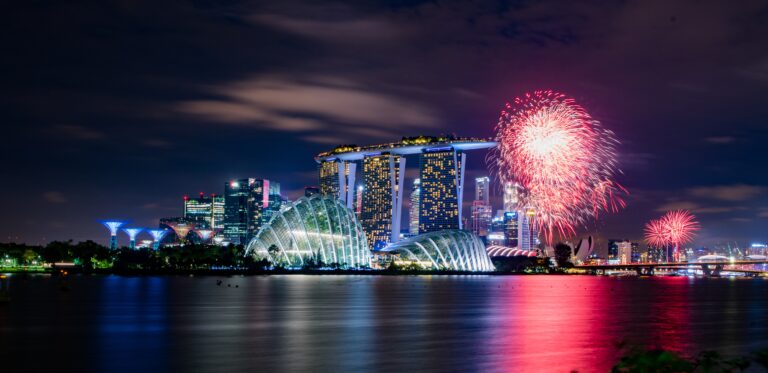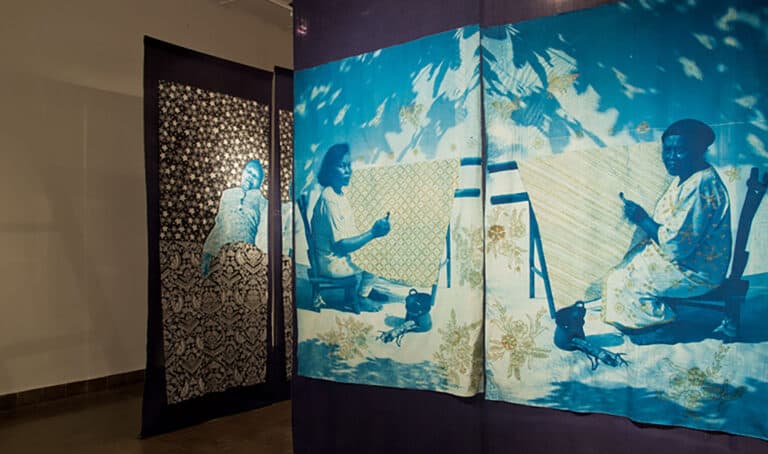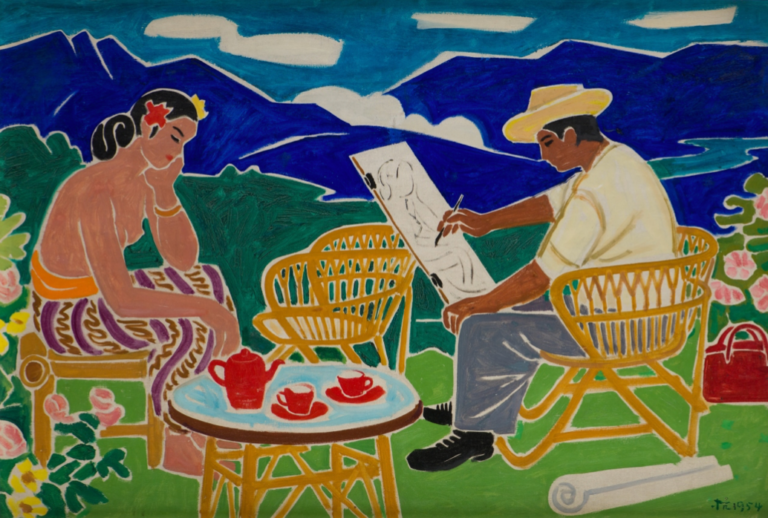In this series of posts, we bring you bite-sized samples of what we worked on for our theses. First up, U’s art historical research, rendered as poetry!
Think of Bali, and what comes to mind,
an island of treasures, so many to find.
Demons and gods, villagers in sarong,
Rangda, Rajapala, kris and barong.
Beautiful women, their chests are strong.
Their breasts are bare, their hair is long.


A flower behind the ear, a delicate mole,
it’s not pornography, it’s just how they roll!
Why do you think you see Bali as such?
In one short answer – it’s due to the Dutch.
When they arrived, Bali was savage,
certainly there wasn’t that much to ravage.
Strategically though, Java was quite near,
(and the Dutch occupied Java, so there was much to fear).
Diplomatic relations were attempted, but failed,
treaties were ignored, plans derailed.
In 1906, an excuse was found,
when treasures from a shipwreck washed aground.
Balinese tradition was to spark off a war,
over the wreckage that washed onto shore.
Surely, the treasures were from the God of the Sea!
The ship’s merchant owners did not agree.
The Balinese Raja said, “Take a hike,”
but complaints to the Dutch, prompted a strike.
Dutch guns would explode, villages would turn to rubble,
the Balinese knew they were in deep trouble.
So they continued to fly their banner,
and chose to commit suicide in a ritual manner.
It’s called a puputan, it refers to an “ending,”
the details of which are rather heart-rending.
Rather than admit defeat in battle,
the royal court was slaughtered like cattle.
Raja on palanquin, they marched out in white.
Can you imagine, what a sight!
They marched on forward, they marched on proudly,
Dutch guns found targets oh-so loudly.
The bullets had to kill, and not just maim,
women and children were felled all the same.
There was to be no surrender they were filled with wrath,
and the Balinese attacked all in their path.
One puputan might have been shocking enough,
but Balinese folk, they sure are tough.
‘Twas in 1906 that they met this sad fate,
but there was more to come in 1908.
Soon enough, the pacification of Bali was complete,
but the Dutch were appalled by this gory defeat.
This was not done, least of all by a colonial master,
the event was turning into a PR disaster.
What was desired was peace and silence —
how then did the Dutch whitewash this violence?
By 1910, new government plans led the way,
the Ethical Policy kept Dutch guilt at bay.
For the rest of Indonesia, ’twas economically driven,
for the people of Bali, ’twas to be forgiven.
In all of the Indies, ’twas difficult to administer
but for the people of Bali, ’twas far more sinister.
Baliseering was its name, on the Island of Gods,
and in an attempt to defy the odds,
and rescue their image from eternal perdition,
the Dutch tried to recuperate Balinese tradition.
Literature, language, their traditional art,
these were encouraged in youth from the start.
Women! Landscapes! Gods! An aesthetic maze!
The locals felt an exoticising gaze.
Locals felt special, unique at their core,
But tourist dollars – they liked those more.
Western artists landed on this island gem,
Spies, Smit, Bonnet and others like them.
Balinese art was syncretic, off the bat,
but soon descended to tourist tat.
What, you ask, could my thesis address?
Well, exactly, this broken post-colonial mess.
Not everyone painted for Western eyes,
Some ran free, reached for the skies.
While artists travelled to Bali, looking to be inspired,
others fled the island, because they desired,
to produce art that deviated from tourist norms,
that took on abstract and interesting forms.
Being Balinese – what did it mean?
Outside of the Dutch, how could they be seen?
Were they doomed to misrepresentation, oh- so grossly?
Not the artists, that I studied closely.
I saw their works and I was enthralled,
the Sanggar Dewata, they are called.
A Balinese collective, to Jogja they headed,
the works they produced were no longer wedded,
to paradigms of old, or images of the past.
Balinese visual symbols– no more typecast!
I’ll leave you now, with this informative kernel
as one day I hope to be in a journal.
Say too much here, and I’ve been told,
no one will publish writing that’s old!
I’ll take you back though, to where we did start
to violent events unlinked with art.
Think of Bali now, and does your mind still see,
exotic beauties, pleasures wild and free?
Devious villains, silks and kama sutra?
Someone saw different — artist Mangu Putra.
Puputan images were depicted by him
Beautiful renditions, but incredibly grim.
Here’s an example, graphic to the core.
Certainly Bali, Paradise no more:

Mangu is but one, of a contemporary voice.
Balinese artists who long for a choice,
in how they are seen, depicted and viewed,
no longer should their image be skewed.
I hope you enjoyed this little ditty,
maybe you found it a little witty?
The thesis process was far more glum,
the end – we thought it’d never come!
Now we’re done, it’s graduation time,
Thus does end, this little rhyme!
(Images in order of appearance: (i) Willem Gerard Hofker, Potret Ni Kenyung, 1942, oil on canvas, 53cm x 52cm; (ii) Dullah, Ni Ketut Warjani, 1973, oil on canvas, 60cm x 50cm; and; (iii) Mangu Putra, Puputan Badung, The Fall of Kingdom 1906, 2016, oil on canvas, 190cm x 390cm.)
